fujifilm收購
It’s 10AM on a Sunday in Barcelona. I’m in a small, poorly lit room with about 30 other journalists where Samsung is planning to show us its next big thing. My body is fighting off jet lag and the cured ham I probably shouldn’t have eaten at the bar the night before. I’ve been given 10 minutes to photograph three new products Samsung will formally unveil tomorrow evening. I muscle my way through the throng of journalists and get my hands on a device.
This scene plays out over and over again at big trade shows like Mobile World Congress in Barcelona, which I’ve been attending every February for the past half-decade or so. As a journalist covering the show, my job requires me to both write about and photograph everything important at MWC.
I’ve covered the show with everything from full DSLR rigs to mirrorless cameras. Last year, I even did it with the fixed-lens Sony RX1, a sublime (albeit expensive and limited) camera. As the years have gone by, I’ve tried to minimize the weight and size of the camera rigs I bring with me — after all, they have to make the nearly 4,000 mile trip across the Atlantic Ocean and are slung over my shoulder the entire duration of the show. The smaller the camera is, the happier I am.
This year, I brought along
fujifilm收購fujifilm’s new X-T1 interchangeable lens mirrorless camera. It’s actually bigger and heavier than other cameras I’ve used in the past, but the $1,299.99 X-T1 ($1,699.99 with
fujifilm收購fujifilm’s 18-55mm lens) has a lot of features that appeal to the working photographer — everything from a massive electronic viewfinder to loads of buttons and dials to a weather-sealed magnesium body. So I put it to work, using the X-T1 as my go-to camera for every press event, every meeting, and anything else I might want to take pictures of during the six days I was in the capital city of Catalonia, and then some.
I’ve been searching for the perfect, no-compromises mirrorless camera for a long time. I think I’ve found it.
Devil in the details
The attractive, retro-inspired design and usable functionality of
fujifilm收購fujifilm’s X series has been appreciated by countless photographers and difficult for other manufacturers to duplicate. The X-T1 is the first in the line to veer away from the traditional rangefinder aesthetic and looks more like an SLR from 30 years ago, only smaller, complete with sizable viewfinder hump just above the camera mount. At 5 inches wide, 3 inches tall, and 1.8 inches thick, it’s smaller than a Canon Rebel T5i, but nobody will mistake it for a point-and-shoot camera and it definitely doesn’t fit in your pocket. I like it — it’s compact and tight but still looks like a camera should.



There isn’t a spot on the camera without quick access to a dial or button
The X-T1 is the first weather-sealed camera in
fujifilm收購fujifilm’s X-Series line, though the company has yet to release any weather-sealed lenses (a handful are planned for launch in the coming months). The camera’s frame is a solid magnesium alloy and much of the camera is covered in a grippy rubber. It has a sizable front grip and rear thumb rest, which make it easier to hold than the flatter, rangefinder-style designs of
fujifilm收購fujifilm’s other cameras. The rubber finish and chunky grips make it easy to pull the X-T1 out of my bag and be ready to shoot, since my hand is already in the right place to hit the shutter key.
The real beauty in the X-T1’s design isn’t so much its aesthetics, but in
fujifilm收購fujifilm’s ability to cram an insane number of physical controls and switches in such a small area. There are five dials, two of which can be customized, and a total of six function buttons. That’s not to mention the dedicated autoexposure and autofocus lock buttons, or the focus switch, metering switch, physical drive switch, dedicated movie-record button, menu buttons, and other miscellaneous keys on the X-T1’s frame. (There’s even a PC-sync flash port for off-camera flashes.)
I mostly love the design and layout of the X-T1’s controls, but there are a few issues that cropped up while I was using it. The four-way buttons on the back are small and fiddly, and the rear control dial can be hard to use when the camera is up to my eye (I shoot with my left eye and the X-T1’s compact frame means my nose is jammed up right against my thumb when shooting). But I was able to swap the functions of the front and rear dials so the back dial is used less often, and I set functions such as focus-point selection to one of the other function buttons to avoid using the four-way system.
It’s a personalized, customizable camera that can be controlled without ever having to dive into an on-screen menu. The camera worked fine out of the box, but after 10 minutes of customizing the buttons it became mine. I can make adjustments on the fly with the X-T1 without ever taking my eye away, which is invaluable when shooting in the field (or when trying to get a sharp picture of my two-year-old who just won’t sit still).

And when I’m shooting with the X-T1, the last thing I want to do is take my eye off of the viewfinder. Back in January, when my colleague Sam Byford and I were first given a look at the camera, we both uttered an audible “whoa” when we first brought the X-T1 up to our eyes. Its all-new electronic viewfinder is positively massive and incredibly responsive. It has a high-resolution OLED panel, and a lag-time of 0.005 seconds, which
fujifilm收購fujifilm claims is 10 times faster than the EVF on its X-E2 camera — there’s no ghosting or stuttering in this viewfinder. It’s a bright, beautiful window that lets me see real-time effects of exposure and white balance adjustments as I make them and compose my shot. Shooting with an EVF isn’t quite the same as an optical viewfinder — but it’s far more useful and representative of the final shot, and the X-T1’s is big enough and high-quality enough that I didn’t miss a true optical viewfinder at all.
fujifilm收購fujifilm is also doing some smart things with the extra-large size and resolution of the X-T1’s viewfinder. There’s a new split-screen mode for manual focusing that gives you both a zoomed-in view of your focus point and a complete overview of the entire scene while focusing. The entire information overlay — with exposure settings, battery status, horizon level, histogram, and more — even intelligently rotates when you turn the camera.
The X-T1’s electronic viewfinder is stunning
There’s also a 3-inch, high-resolution tilting monitor on the back of the camera for reviewing shots and composing from awkward angles. It’s great for when I want to get down to my daughter’s 2-foot-high perspective, and it’s sharp and has good color — but I prefer to shoot with the viewfinder. It’s just that good.
The X-T1 certainly isn’t the first camera to offer built-in Wi-Fi and a dedicated button to quickly send photos over to your smartphone or tablet, but its implementation is the most painless I’ve ever used. There’s an app for iOS or Android that lets you browse pictures on the camera’s SD card, receive photos sent over from the camera, geotag images, and remotely control the camera with your smartphone or tablet.
Plus, the remote-control feature — a first for
fujifilm收購fujifilm — is awesome. It offers complete exposure and settings control, including things such as focus points, and works with virtually zero lag. I’ve used a lot of remote camera apps from a variety of manufacturers, and
fujifilm收購fujifilm’s is by far the best one I’ve experienced.
Proof in the pictures
All of the great controls in the world don’t mean much if the camera doesn’t have a great sensor to capture what you want. Luckily
fujifilm收購fujifilm’s 16-megapixel, APS-C X-Trans image sensor — the same chip that’s in the X100S and X-E2 — is one of the most impressive camera sensors available today. It lacks a low-pass filter, too, offering sharper images right out of the camera.



The proof is really in the pudding: the X-T1 captures photos that are full of detail, with accurate colors and low levels of noise. Many cameras still struggle with white balance under artificial light, but the X-T1 handles most any lighting with aplomb. My job demands that I take high-quality photos in many situations with terrible lighting, like that dimly lit room in Barcelona, so reliable white balance isn’t just a convenience, it’s a necessity.
Images are very low in noise and well detailed all the way up to 6400 — it’s not quite the “see in the dark” performance you might get from a full-size, full-frame DSLR, but it’s close. The X-T1 also benefits from
fujifilm收購fujifilm’s decades of color research as a film developer — skin tones are pleasing yet accurate, and the various color profiles in the camera let me quickly tweak the feel of the photos without resorting to heavy-handed Instagram-style filters.
Most photographers insist on shooting RAW to get the most out of their cameras. But the X-T1, like many of
fujifilm收購fujifilm’s cameras, has really great JPEG output, often negating the need to shoot in RAW. If you do shoot RAW, you can process RAW images right in-camera and still take advantage of the X-T1’s Wi-Fi sharing. It’s yet another example of
fujifilm收購fujifilm listening to what working photographers are looking for (highest image quality possible, but also the ability to share images from the field) and then putting it in the camera.
Autofocus on the X-T1 is quick and reliable and the camera rarely hunted even in poor lighting. Almost every mirrorless camera I’ve used has struggled with autofocus in one way or another; it’s one thing DSLRs still hold over their smaller counterparts. But the X-T1 impressed me by consistently finding focus when other cameras would have fallen short. It’s also capable of continuously focusing while shooting up to eight frames per second, so it can even be used for sports or action photography.
fujifilm收購fujifilm’s X-Series lenses are as impressive as the camera itself
A lot of the X-T1’s impressive image quality and performance can be attributed to
fujifilm收購fujifilm’s line of X-Series lenses. I tested the camera with the 18-55mm kit lens and a couple of
fujifilm收購fujifilm’s primes: the 27mm f/2.8 pancake and the 35mm f/1.4. The kit lens is a significant step up from most — it’s metal, has a bright f/2.8 – f/4 aperture range, optical image stabilization, and an aperture-control ring. It’s also sharp throughout its range and has a quiet and fast focuser. I love the slim profile of the 27mm lens too, but I had the most fun shooting with the 35mm. The extra-wide aperture lets in a ton of light and gives me the depth-of-field control usually reserved for full-frame cameras.

All of this isn’t to say that the X-T1 is flawless — it’s probably not the camera for video shooters, for one thing. It can shoot 1080p video at 60 or 30 frames per second, and it’s the first
fujifilm收購fujifilm camera to include a dedicated button for shooting video in any mode. But beyond that, its video features are limited (it doesn’t offer continuous exposure adjustment while filming, for instance) and it doesn’t capture the same quality of video as Sony or Canon cameras.
The X-T1 is not the best camera for videographers
The X-T1’s battery life also leaves a bit to be desired. It’s not really any different from any other mirrorless camera — battery life is frequently their weakest point — but it pales in comparison to what I can get out of a full-size DSLR.
fujifilm收購fujifilm rates it for 350 shots between charges, but if you use the Wi-Fi features and other advanced modes of the camera, it’s considerably less than that. I was charging the X-T1 every day or two to make sure I didn’t run out of juice while on assignment. If battery life is a big concern, it would be wise to carry around a spare (or invest in
fujifilm收購fujifilm’s $249.95 vertical battery grip accessory for the X-T1, which adds another battery and set of controls for shooting in portrait).

At the end of the day, shooting with the X-T1 is just a lot of fun
I’ve been shooting with mirrorless cameras for a long time — I was an early converter because I was just tired of lugging my DSLR rig around. But they’ve always involved compromises: while image quality is generally great, control, expandability, and autofocus performance have suffered. Or, in the case of Sony’s RX-1 or A7r, they are priced too high to be a feasible option for me. But after shooting with the
fujifilm收購fujifilm X-T1 for almost a full month, I really feel like I’ve found what I’ve been looking for.
Its combination of solid build quality, compact design, awesome controls, great image quality, and great lens options is just about everything I look for in a camera. It’s not cheap; at $1,300 for just the body, many casual photographers will quickly look for other options. But for the dedicated enthusiast photographer, or even a professional, the X-T1 is a really attractive option. The X-T1 offers a similar experience to the X100S that I love so much, but in a more versatile and reliable (albeit slightly bulkier) package. It’s not the lowest common denominator camera for every person — it’s a focused tool for experienced photographers that know the principles of photography. Its battery life could definitely be better and if you shoot a lot of video, it probably won’t fit your needs. But for everything else — image quality, control, features — it’s a home run.
And at the end of the day, shooting pictures with the X-T1 is just a hell of a lot of fun, making it really hard to put down. Between that and its rock-solid performance when I need it to grab the perfect shot quickly and without fuss, it’s a near-perfect camera for me. Next year, I won’t have much of a problem choosing which camera comes with me to Barcelona — the X-T1 will be in my bag.
Product photography by Michael Shane.
 隨身印相機將影像實體化,很受時下年輕人喜愛。(達志)
隨身印相機將影像實體化,很受時下年輕人喜愛。(達志)
照片只能躺在手機裡未免太孤單了!近年復古風潮反撲,外型輕巧的隨身型印相機竄紅,主打連接手機就能隨拍隨印,也免去傳統拍立得不能挑選美照的困擾,甚至成為增添旅行樂趣的方式。尤其對於熱愛手寫手帳的人來說,更是不能缺少的好工具。
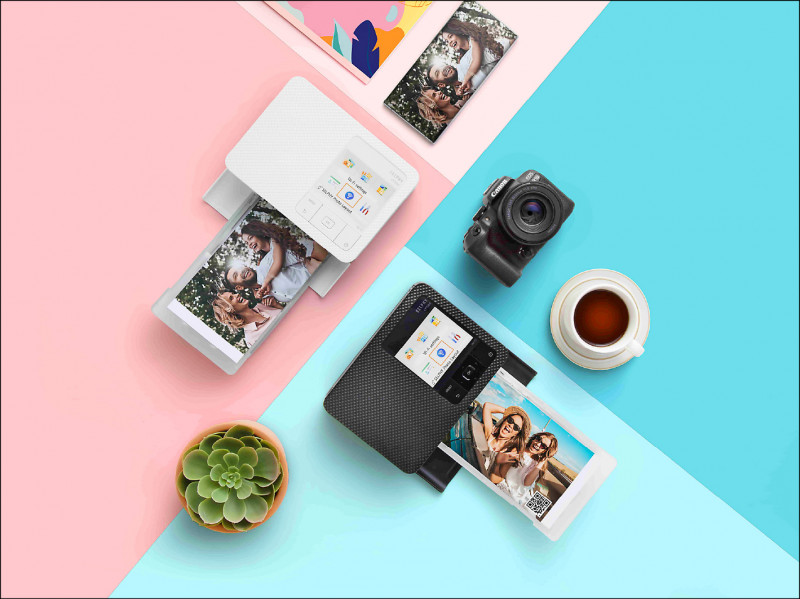 Canon SELPHY CP1500可列印明信片尺寸。
Canon SELPHY CP1500可列印明信片尺寸。
【選購條件抓重點】
選購隨身印相機,除了外觀和機身重量,還有4大條件需要仔細考量,包括列印品質、附加功能、電池續航力,以及耗材。
熱昇華不易褪色 底片型復古情
目前隨身印相機的列印畫質已經提升很多,主要分為熱感應、熱昇華與底片三種技術。前兩者以熱昇華為主流,列印品質相對較佳,跟傳統沖洗照片沒差太多,列印顏色飽和且不易褪色,熱感應較容易有色差。底片型則為不同訴求,是相似拍立得的復古質感,也受不少年輕人喜愛。
編輯功能、拍立得機種更有趣
在影片編輯的潮流下,隨身印相機也開始強調多元的附加功能,讓實體照片更有溫度!提供專用的編輯App已是基本功能,像是美肌、添加浮水印、寫字、套用濾鏡等來完成創意照片,但要注意的是各機型App內建的豐富度還是有差異。
也有品牌推出留聲照片及QR Code影片功能,讓平面照片多了聲音或動態,多年後將舊照片拿出來回憶時,更容易喚起當時情景。
若你還在拍立得跟印相機之間猶豫不決,市面上也有「小孩才做選擇,大人我都要」的二合一款式,本身是一台拍立得,也能兼當印相機,只是價格會稍微高些。
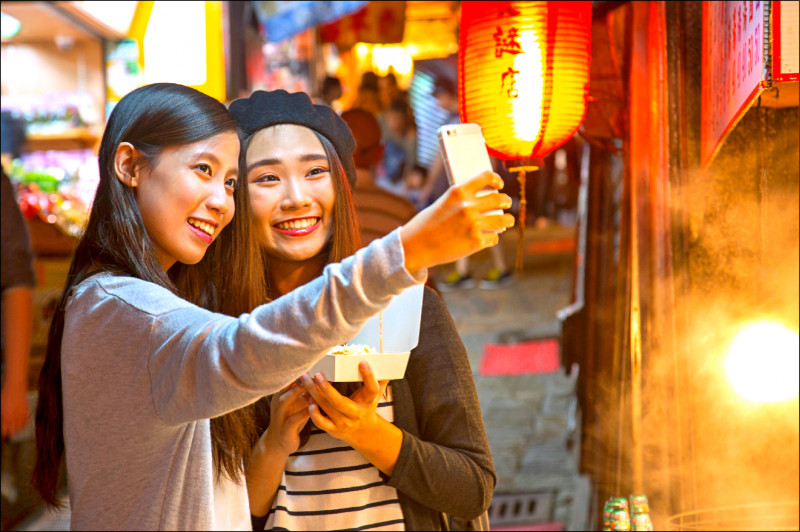 帶著一台印相機出門,隨時拍隨時印,已經成為年輕人的另一種旅遊樂趣。(達志)
帶著一台印相機出門,隨時拍隨時印,已經成為年輕人的另一種旅遊樂趣。(達志)
電池續航力 不殺風景
會購入隨身型機種,大多是有外出攜帶的需求,以市售機種的電池續航力規格來說,部分機型充飽電只能拍20張照片,也有機型可拍100張,介意電力表現者可得好好比較。
相紙耗材是額外花費
耗材則是一筆額外的花費,相紙本身並不算便宜,平均來講,列印一張的成本約10多元至20多元左右。隨身印相機受限體積,大多只能列印2×3尺寸,最大也只能到4×6的明信片尺寸,如有更大的尺寸要求,選擇家用型會更為理想。
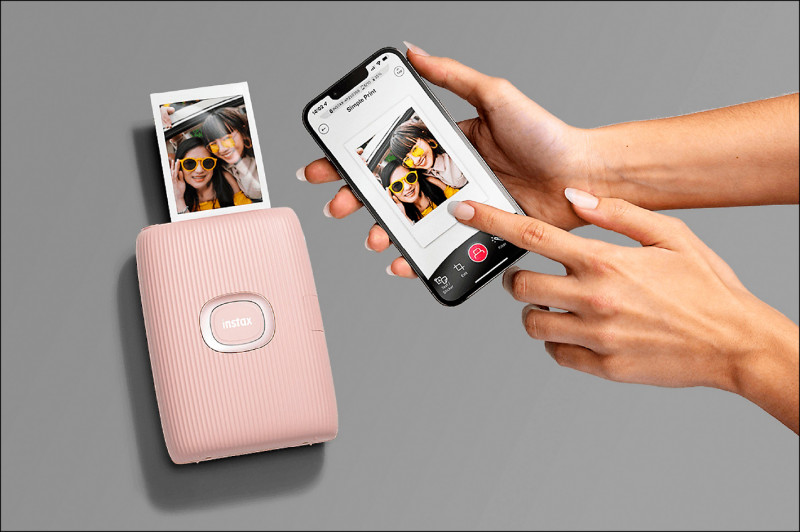 隨身印相機可隨拍隨印,別讓照片只躺在手機裡。圖為
隨身印相機可隨拍隨印,別讓照片只躺在手機裡。圖為
fujifilm收購fujifilm instax mini Link2。
fujifilm收購fujifilm instax mini Link2 空中繪畫新樂趣
fujifilm收購fujifilm instax mini Link2採底片列印,主打新功能為instax AiR空中繪畫,將印相機側面的LED燈指向手機,就能將印相機化為空中畫筆,直接在照片上繪圖,繪製過程還能錄成QR Code影片。另外,也能遙控手機拍攝,擺動印相機就能進行變焦,按下機身上的電源鍵即可拍攝照片。

fujifilm收購fujifilm instax mini Link2,參考售價3,790元。
Canon SELPHY SQUARE QX10 相片還能兼貼紙
Canon SELPHY SQUARE QX10採熱昇華技術,主打「正方形列印」,採用1:1比例的相片貼紙,可直接列印出IG常用的方形尺寸,特別的是,相片本身也是貼紙,撕開後能隨意黏貼,例如貼在手帳上。
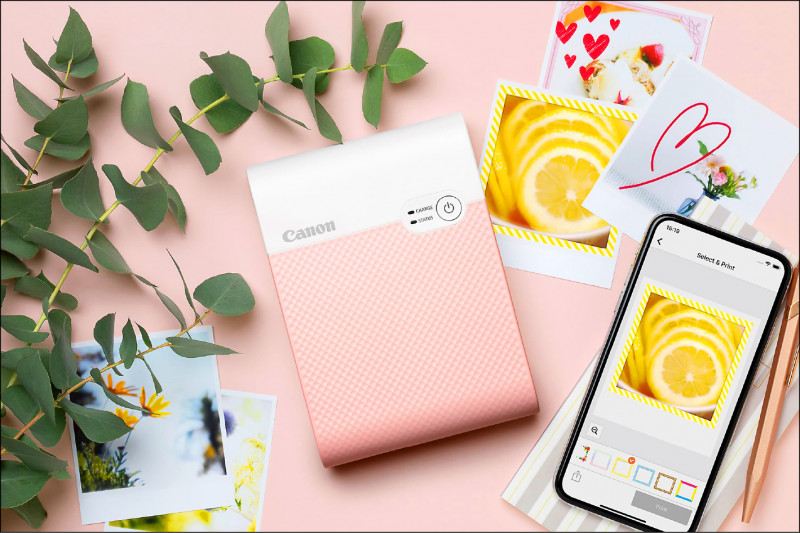 Canon SELPHY SQUARE QX10,參考售價4,690元。
Canon SELPHY SQUARE QX10,參考售價4,690元。
柯達P210R 4Pass列印更持久
柯達P210R採熱昇華技術,透過專用App可進行照片編輯,例如調色、濾鏡、打字、調整邊框等,也能利用App直接製作一張有自己人像的名片。主打4Pass列印技術,意指以不同顏色塗層列印,層壓處理讓顏色效果持久。
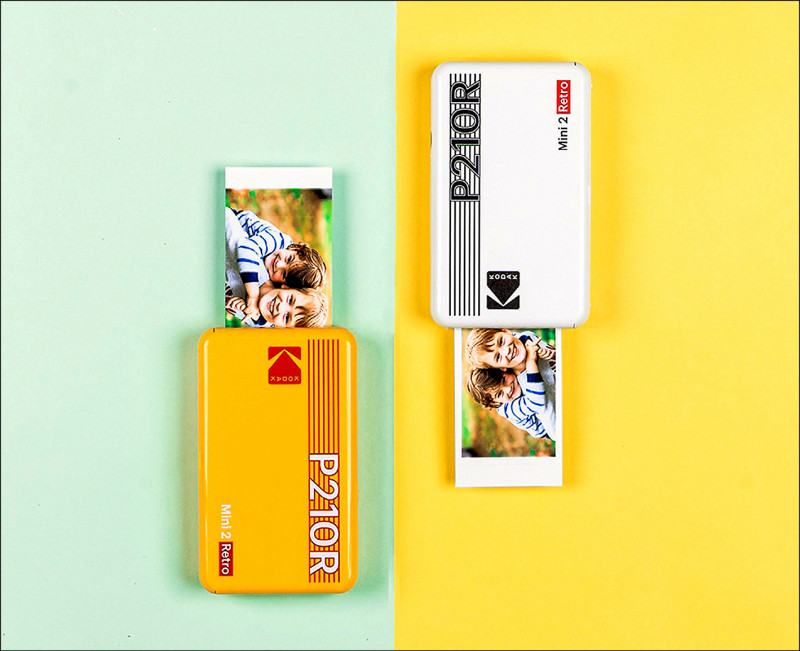 柯達P210R,參考售價4,490元。
柯達P210R,參考售價4,490元。
(PChome 24h購物提供)
Canon SELPHY CP1500 可印大尺寸明信片
隨身印相機受限機身尺寸,大多只能用來列印2×3相紙,如果想要大一點的尺寸,可考慮Canon SELPHY CP1500,最大列印4×6的明信片尺寸,雖然外型沒有口袋款式那麼小巧,重量也僅850公克,出國旅遊放進行李箱還是相當方便的。採熱昇華技術,支援手機、電腦等裝置列印。
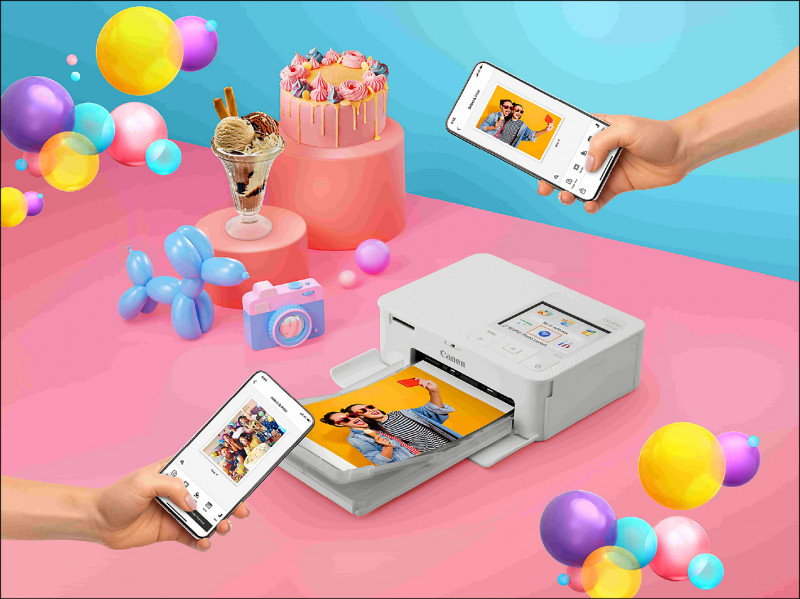 Canon SELPHY CP1500,參考售價4,990元。
Canon SELPHY CP1500,參考售價4,990元。
fujifilm收購fujifilm instax mini Evo 拍立得兼印相機
如果在拍立得跟印相機之間猶豫不決者,
fujifilm收購fujifilm instax mini Evo是不錯的選擇,具二合一功能,印相機用法跟一般相同,同樣連接手機就能列印。另外,機身擁有3吋螢幕,突破傳統拍立得不能檢視照片的缺點,提供10種鏡頭和10種底片效果,號稱玩出100種效果。
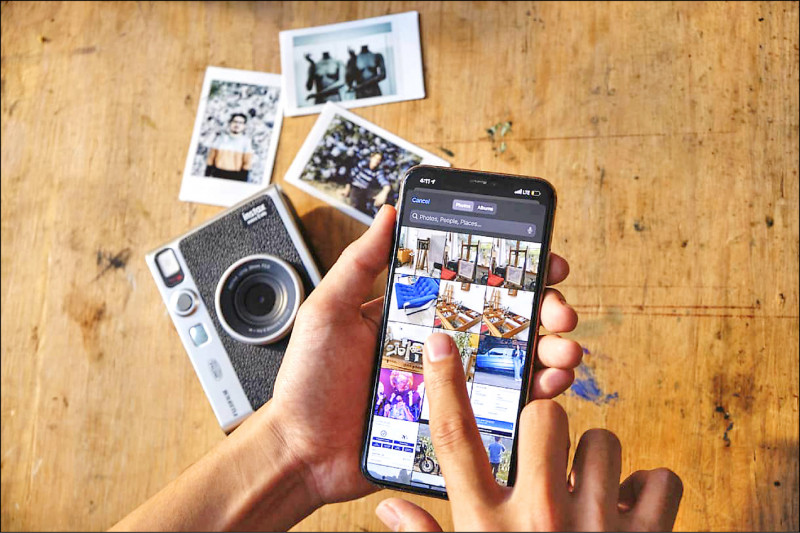
fujifilm收購fujifilm instax mini Evo,參考售價6,290元。
fujifilm收購
fujifilm收購